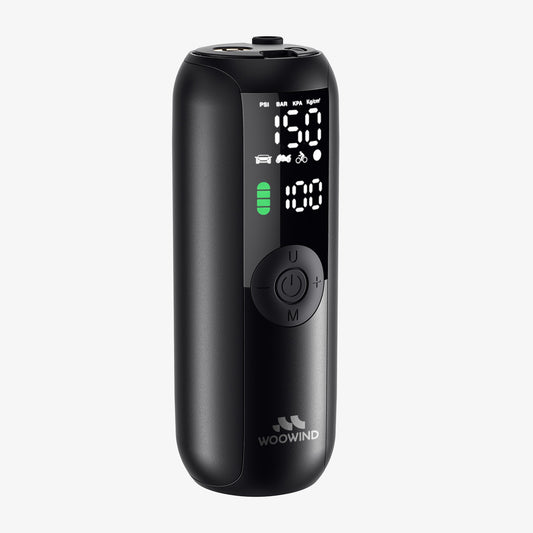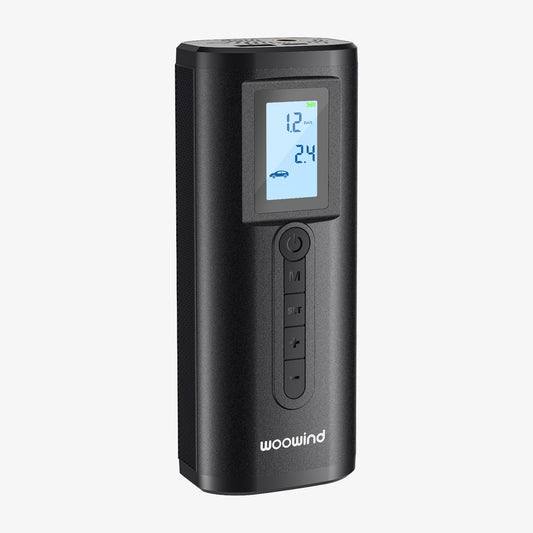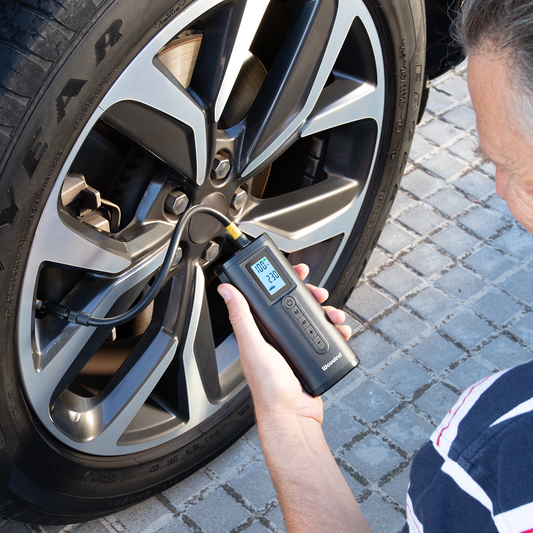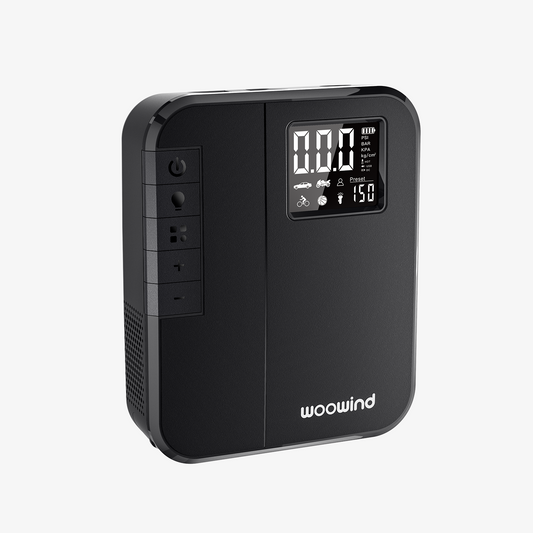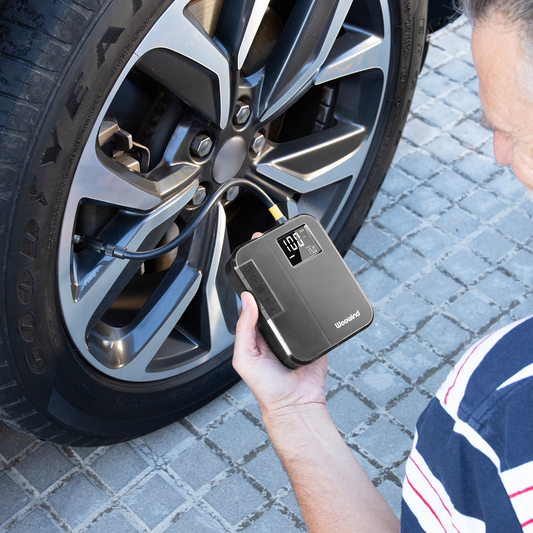
How to Measure Tire Tread: Complete Safety Guide
Knowing how to measure tire tread is a key part of staying safe on the road. Tread depth affects your grip, braking distance, and ability to handle wet or snowy conditions. In this guide, we’ll walk you through how to check your tread properly, what patterns to look for, and when it’s time for a replacement.
Table of Contents
Why Tread Depth Matters for Safety and Performance
Tread depth is directly linked to:
Traction on wet, icy, or gravel surfaces
Hydroplaning resistance
Shorter braking distances
Better handling
Worn tires increase stopping distance and reduce cornering control. For winter or rain, shallow tread can be especially dangerous.
Penny Test vs. Tread Depth Gauge: Which One to Use?
Penny Test: Insert a penny into the tread with Lincoln’s head down. If you see the top of his head, your tread is below 2/32"—time to replace.
Depth Gauge: A more accurate tool that gives you exact depth in millimeters or 32nds of an inch. These can be found at auto stores or online.
For best results, use a digital tread gauge during routine maintenance for precise readings.
Step-by-Step: How to Measure Tread Depth Accurately
Park on a flat surface and ensure the tires are cold.
Check at three points across the tread (inner, center, outer) to identify uneven wear.
Insert your penny or gauge vertically and note the reading. For more accuracy and convenience, try a smart inflator like the Woowind LP1, which offers digital precision and tire pressure monitoring.
Repeat for all four tires, including the spare. For more maintenance tools, check out our full car air pump collection. And if you're unsure whether your tires are sized correctly for your vehicle, learn how to read tire size.

Recognizing Abnormal Tire Wear Patterns
Center wear: Often caused by overinflation.
Edge wear: Caused by underinflation.
Sawtooth or scalloped wear: May signal suspension problems.
One-sided wear: Usually a sign of misalignment.
If any of these are observed, schedule a wheel alignment or inspection immediately. Also, review how long tires last to assess if age is a contributing factor.
Tread Standards for Wet, Dry & Winter Conditions
Dry roads: Minimum 2/32" (legal limit in most regions).
Rainy conditions: At least 3mm of tread.
Snow and ice: 4mm or more recommended.
Remember, even if tread is acceptable, tires older than six years may need replacement due to rubber hardening.
Final Tips: Replace in Time and Check the Spare
Don’t forget to inspect your spare tire—it ages just like your main set.
Track your tread over time and check monthly if you drive frequently or brake hard.
Use a smart inflator to maintain correct pressure—overinflated or underinflated tires both accelerate wear.
FAQs
How often should I check tire tread depth?
At least once a month, and before long trips or seasonal changes.
What is the minimum legal tread depth?
Most regions require a minimum of 2/32" (1.6mm), but higher tread is safer, especially in wet or snowy weather.
Can I rely on the penny test alone?
The penny test is a quick check, but a digital tread gauge is far more accurate for detailed inspections.
Why does my tire wear more on one side?
This usually signals alignment issues or worn suspension components.
Does tire age matter if tread depth looks fine?
Yes. Rubber hardens over time, so replace tires older than 6 years even if they appear unworn.
Staying ahead of tread wear keeps you safer, improves vehicle control, and saves money in the long run.


